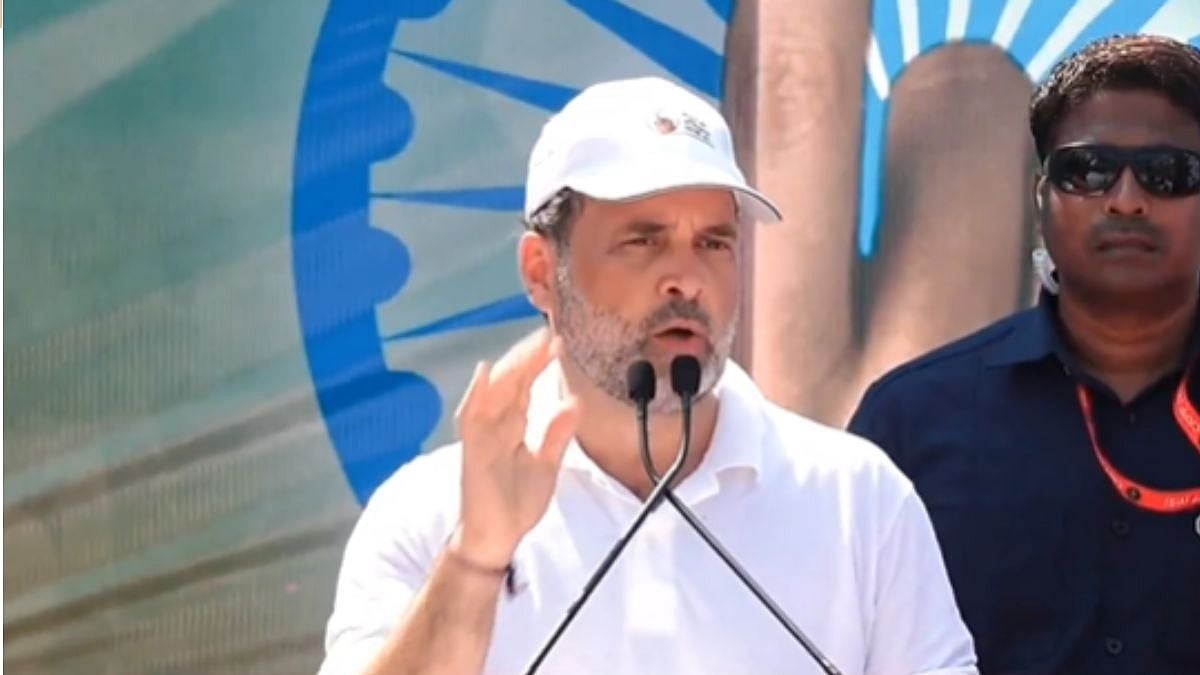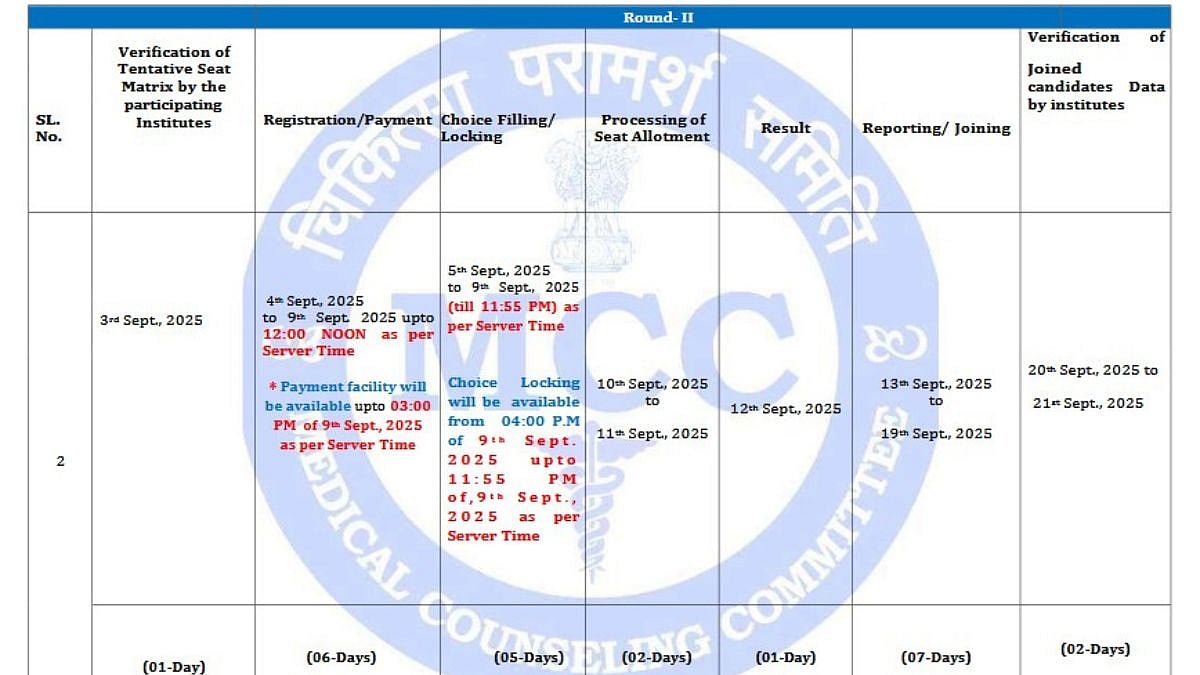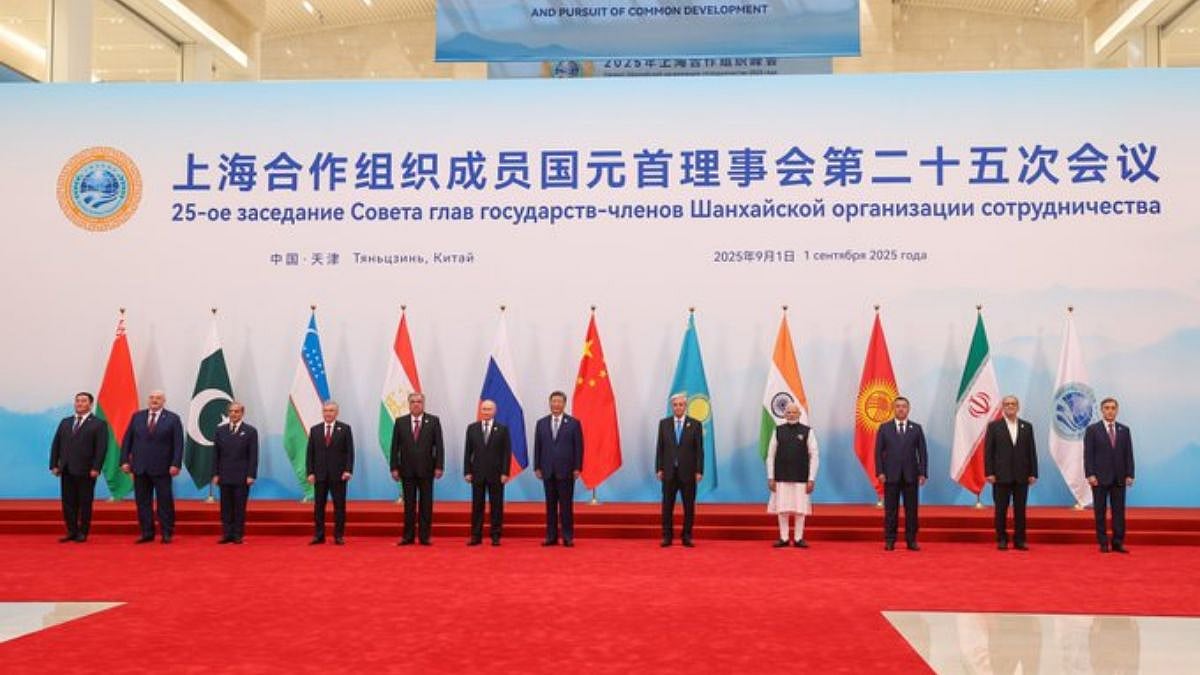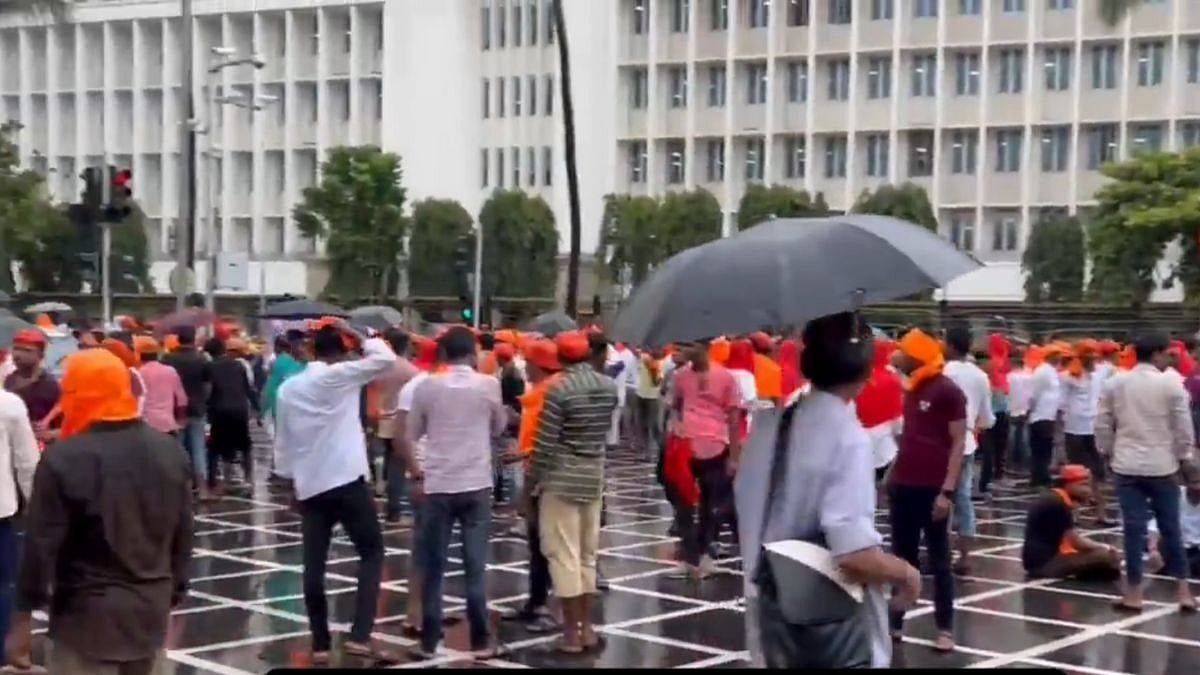After scaling a high of over Rs 200 a kilo, tomato prices are beginning to moderate out. Newspaper reports said tomatoes are now being sold at about Rs. 70 a kilo and their price is expected to come down further. However, now a warning has been sounded about a steep hike in the price of onions. Being a far more essential ingredient in the cooking of a large section of the population than even tomatoes, stabilising the price of onions is important. With this in view, the National Cooperative Consumers’ Federation and National Agricultural Cooperative Marketing Federation have jointly decided to release substantial quantities daily from their buffer stocks in the open market. Between the two agri-federations, they have a buffer stock of over four lakh tons, enough to help moderate the price of onions in the post-monsoon season. But it is not the tomatoes and onions alone. Food inflation generally has shown an uptick which has the central bank concerned, given that its mandate is to keep consumer inflation controlled between four to six percent. In July, the Consumer Price Index stood at 7.4 percent, cereals and vegetables playing the spoilsport here. Unless fresh supplies resume at the end of the monsoon season, chances of vegetable prices easing remain bleak.
Happily, the government seems to be fully alive to the situation, taking recourse to special measures to provide relief to the hard-pressed consumer. Some time ago it had controversially banned the export of rice, causing global prices to rise sharply. The move had attracted adverse comment in global trading circles, especially when Indian exports account for over 40% of the total global exports of rice. The sharp rise in the price of rice in the international market will particularly hurt low-income countries in Africa whose staple diet is rice. Since the buffer stocks for both rice and wheat are far above the prescribed minimum buffer limits essential for food security, the government intends to liberally release rice and wheat stocks to ensure that their prices are stabilised.
Doubtless there is an additional factor that will keep the authorities on their feet to keep consumer inflation under check. It is the coming onset of the election season. It will be kicked off with the elections in Rajasthan, Madhya Pradesh, Telangana, Chhattisgarh and Mizoram, and culminate sometime in April-May next year in the general election. Therefore, the government cannot be caught napping on the price-front. It is why even the provision of free food to over 80 crore families under the National Food Security Act, which was launched during the two-year corona pandemic, might be continued into the next year. The already extended duration of the scheme was to last till end 2023. Also, there are reports that even the Rs 200 per LPG cylinder under the Ujjwala scheme might be continued into the next year. Of course, there can be nothing wrong in the ruling party trying to alleviate the suffering of the people due to rising consumer prices, but with the proviso that the measures taken should not impair the overall growth potential of the economy.
It is heartening to note that in spite of these generous measures to help people tide over the current stagnation in incomes, the economy is still on course to grow at over 6%, according to the international ratings agency, Moody’s. Despite correction in recent weeks, the share markets are still buoyant, while foreign exchange reserves continue to grow, standing at over $602 billion at the end of the August 11 week. The RBI, on its part, has stayed its hand on further hikes in the prime lending rate. Its directive to banks against charging penal interest for default on payment of equated monthly instalments is welcome. In this regard, another step by the central bank which will help millions of home loan borrowers is to allow them to go for a fixed rate instead of the flexible rate they might have settled at the time of the initiation of the loan. The short point is that the authorities are keeping a hawk’s eye on the general priceline and offering help in cash and kind to the stressed-income sections of the population.


